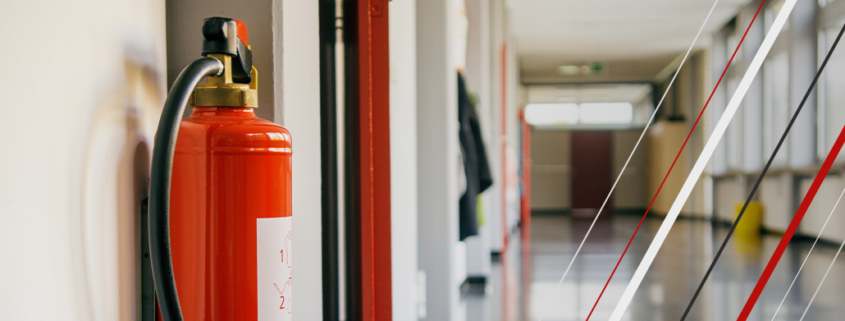Fire Protection for New Buildings
Fire Protection and the Law
Risk Assessing
- Fire risks including potential ignition points, flammable materials or areas that could fuel or help spread a fire.
- What risk it poses to people. It must include any vulnerabilities people have that would inhibit their safe evacuation from a fire, lone workers or groups of people working with combustible materials.
- The solutions put in place to minimise the risk.
- A plan for emergencies such as escape routes and access for fire services.
- A review and checking procedure to ensure that fire safety is a high consideration.
Active and Passive Fire Protection
Active Fire Protection
Active fire protection is the term given to fire safety measures taken to fight fires after they have started. They are a powerful and essential line of defence for all buildings. Active systems include sprinklers, fire extinguishers and automatic dousing systems. Designers should consider each system to the building using water, foam, powders or gases to stop a fire in the quickest and safest way.
Passive Fire Protection
Passive fire protection is imperative to preventing the spread of a fire. Passive measures resist the fire, compartmentalise its impact, protect the structural integrity of the building and provide vital time for people to evacuate. They are referred to as passive measures because they require no action in order to work.
- Structural support
- Heat insulation
- Reduction of the spread of gas and smoke
Common passive fire protection installations include fire doors, partition glazing, cavity barriers and gap seals. Passive measures can also be found in the foundations of buildings in the form of concrete, bricks and gypsum plasterboard. This is also used to protect structural stability of the building and compartmentalises fires. Some measures can offer up to four hours of protection allowing time for firefighters to arrive and tackle the blaze.










Leave a Reply
Want to join the discussion?Feel free to contribute!